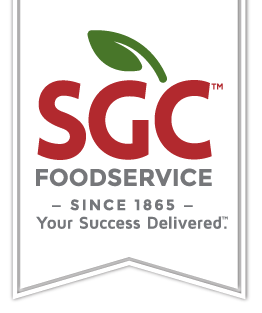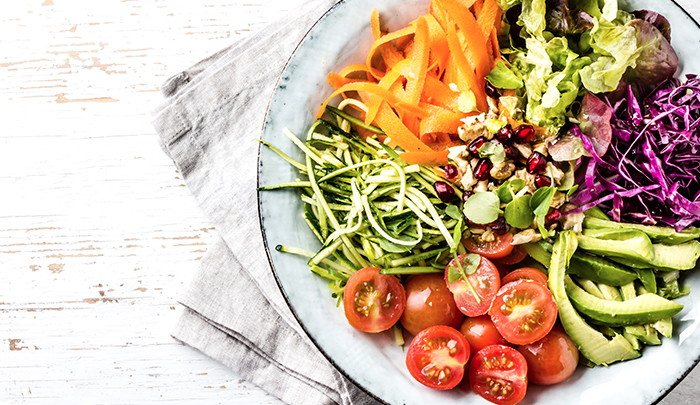Every year restaurant owners must decide how to handle changing guest preferences, challenges such as the labor shortage, and the ups and downs within the industry. Here is a look at the new and continuing restaurant industry trends expected for 2020 with insight into how they might affect your restaurant.
Restaurant menu trends
Restaurant menus are not meant to stay the same forever. You should consider revitalizing your menu every once in a while, even when there aren't trend changes. These new restaurant trends might allow you to evaluate your store's food concept and what room you have to update your menu.
Health-conscious movement continues
Last year the restaurant industry saw their customers swap plates for bowls in the hope of a healthier meal. From Buddha Bowls to Power Bowls, they were a hot topic. While people aren’t stuck on bowls anymore, they still put a heavy focus on health.
Younger generations are willing to pay higher prices for healthy meals specifically tied to buzzwords such as GMO-free, all-natural, or organic.
The aftermath of the Great Recession still sits with many adults, but it hasn’t dissuaded people from paying more for healthier food options. This trend will probably stick around as it seems only to continue growing but look at a few different ways to approach introducing health into your restaurant.
Most diners can see right through a gimmick version of healthy food. They won’t buy into establishments that use sugar substitutes that are still high in fructose or over-refined such as Agave nectar.
To create healthier options for the menu, consider:
- Removing processed or prepackaged ingredients from inventory.
- Focusing on seasonal produce to ensure peak freshness.
- Sourcing ingredients locally or from all-natural farms.
- Serving smaller portion sizes.
- Visibly marking your vegan or vegetarian options on the menu.
There are many ways to introduce healthier menu items. Look at areas of opportunity within your restaurant that will minimally disrupt your operations. New trends in restaurants, specific to health-conscious eaters, include marking your menu items that are additive-free or made with only all-natural ingredients.
Ethnic preferences change again
Put down your tacos, and sous vide eggs. Among the top restaurant trends is a change in ethnic preferences. Look out specifically for Pan Asian and Middle Eastern menus.
Middle Eastern cuisine, the noteworthy comforting herbs and spices are popping up everywhere. Kebabs make a comeback, and desserts that showcase dates and rosewater are gaining a lot of popularity.
Trending restaurants that got a head start here include Cava and Roti. After establishing many locations along the United States East Coast, Cava is taking off. Not only do they focus on Middle Eastern dishes, but they're also one of the best healthy-fast-food choices available.
Pan Asian is about the entirety of Asian cuisine, not exclusively Chinese, Vietnamese, or other Asian dishes. Vietnam's Pho slowly began making a presence throughout the U.S., and now, Pan Asian menus are gaining a lot of traction globally. It’s the opportunity to have curry, Banh Mi, and tempura on the same menu.
It's crucial to not confuse Pan Asian with Asian Fusion. Pan Asian simply means that the menu plays host to a variety of Asian dishes from different countries. Fusion cuisine focuses on blending various elements to create something new.
To develop an exceptional Pan Asian menu, look for classic Asian dishes that use the same family of ingredients. Then develop a short but diverse menu. New food trends in restaurants include introducing Spam Musubi, Singaporean Rice Stick Noodles, or Bibimbap.
Small menus dominate
Menu variety plays a substantial role in every dining experience. A huge menu is the restaurant’s attempt to make something for everyone, rather than doing a few things really well. New trends in restaurant business tactics show that restaurants are on board and understand the difficulties that long menus create. Craft a short menu or split your menus between meal periods.
The days of never-ending menus are coming to an end. Diners simply don’t want the low food-quality that often comes with long menus.
This trend can directly impact your profitability. A short menu can slim down your food costs through streamlined inventory management, as well as reduced food waste. When trimming down your menu, it also gives your chefs the chance to build more proficiency with the menu items, ultimately, improving food quality.
Source: Excerpt; Poster POS

